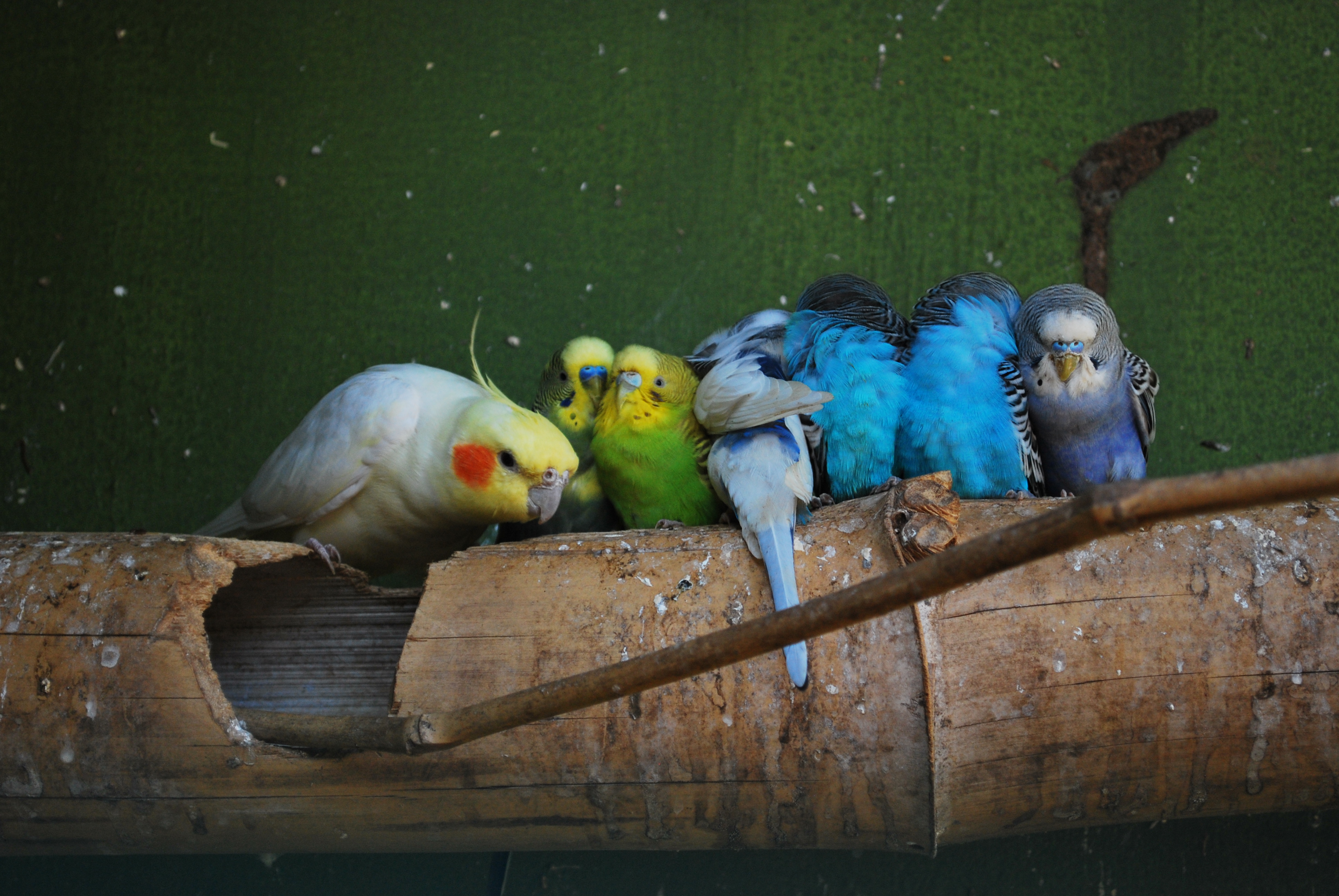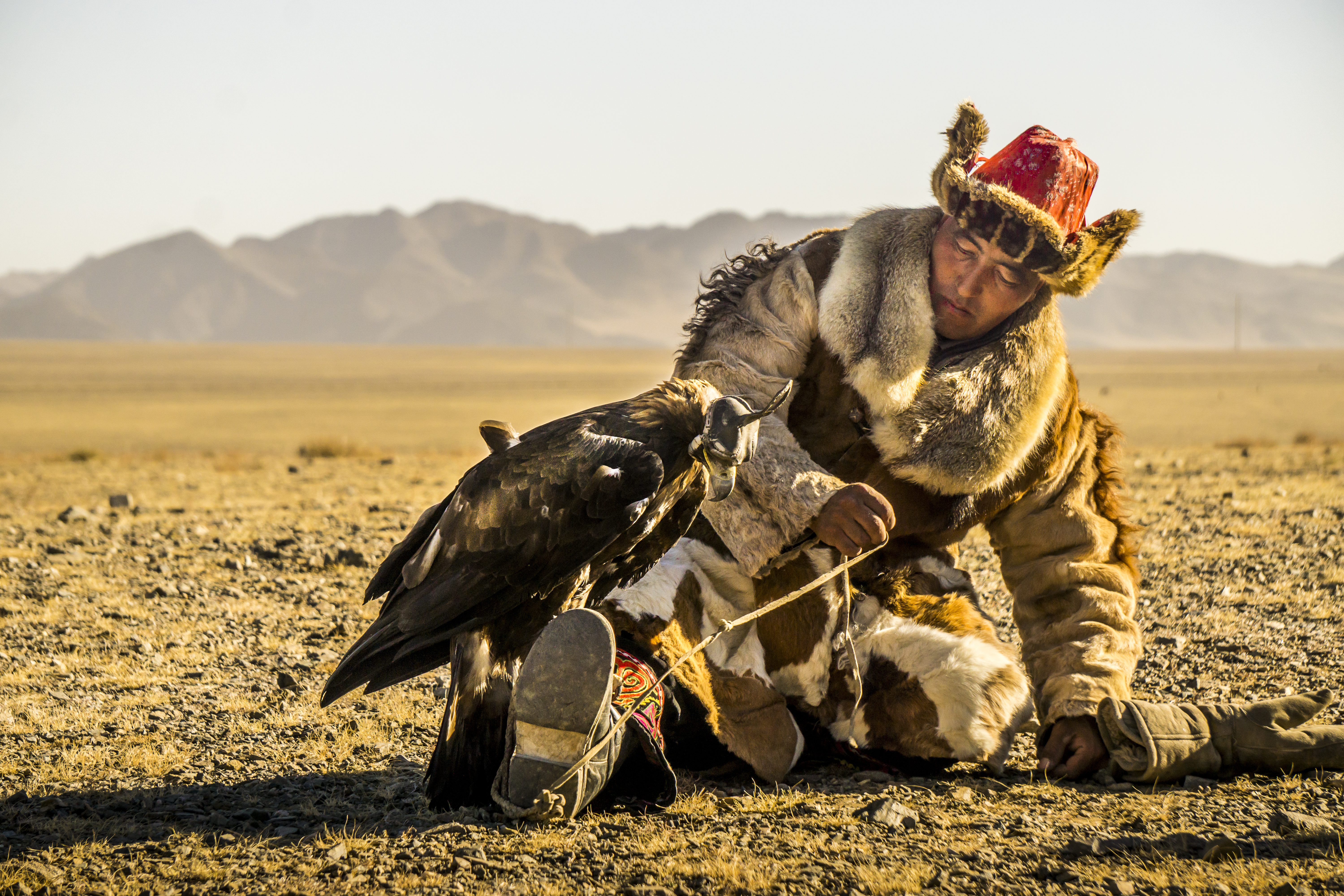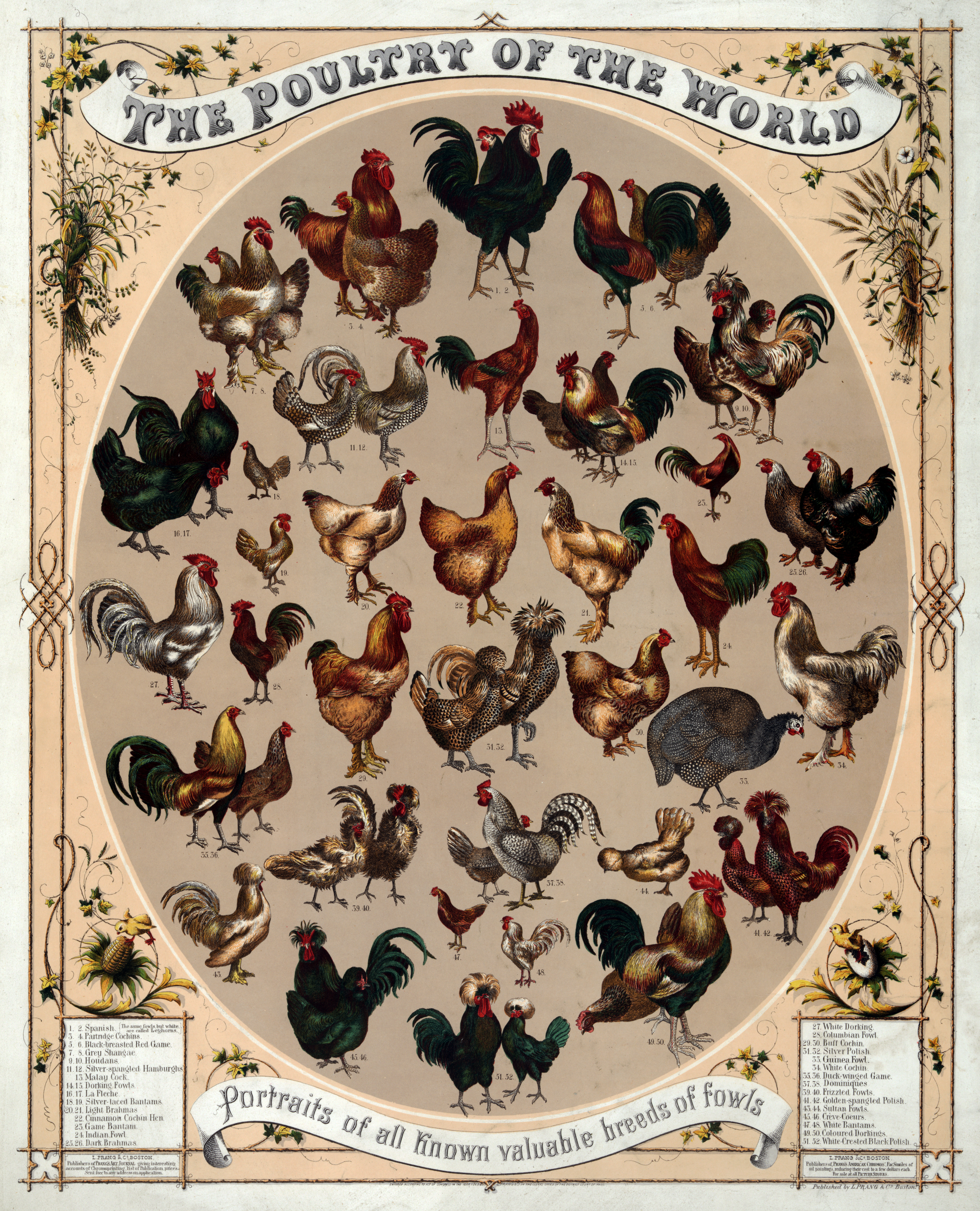|
Pheasantry
A pheasantry is a place or facility used for captive breeding and rearing pheasants, peafowls and other related birds, which may or may not be confined with enclosures such as aviaries. The pheasants may be sold or displayed to public as ornamental animals, or used as game birds. Pheasantries may also be used for conservation and research purposes. See also * Aviculture *Falconry *Poultry Poultry () are domesticated birds kept by humans for the purpose of harvesting animal products such as meat, Eggs as food, eggs or feathers. The practice of animal husbandry, raising poultry is known as poultry farming. These birds are most typ ... * Hatchery References {{Authority control Zoos Aviculture Pheasants ... [...More Info...] [...Related Items...] OR: [Wikipedia] [Google] [Baidu] |
Pheasant
Pheasants ( ) are birds of several genera within the family Phasianidae in the order Galliformes. Although they can be found all over the world in introduced (and captive) populations, the pheasant genera's native range is restricted to Eurasia. The classification "pheasant" is paraphyletic, as birds referred to as pheasants are included within both the subfamilies Phasianinae and Pavoninae, and in many cases are more closely related to smaller phasianids, grouse, and turkey (formerly classified in Perdicinae, Tetraoninae, and Meleagridinae) than to other pheasants. Pheasants are characterised by strong sexual dimorphism, males being highly decorated with bright colours and adornments such as wattles. Males are usually larger than females and have longer tails. Males play no part in rearing the young. A pheasant's call or cry can be recognised by the fact it sounds like a rusty sink or valve being turned. Pheasants eat mostly seeds, grains, roots, and berries, while in ... [...More Info...] [...Related Items...] OR: [Wikipedia] [Google] [Baidu] |
Peafowl
Peafowl is a common name for two bird species of the genus '' Pavo'' and one species of the closely related genus '' Afropavo'' within the tribe Pavonini of the family Phasianidae (the pheasants and their allies). Male peafowl are referred to as peacocks, and female peafowl are referred to as peahens. The two Asiatic species are the blue or Indian peafowl originally from the Indian subcontinent, and the green peafowl from Southeast Asia. The third peafowl species, the Congo peafowl, is native only to the Congo Basin. Male peafowl are known for their piercing calls and their extravagant plumage. The latter is especially prominent in the Asiatic species, which have an eye-spotted "tail" or "train" of covert feathers, which they display as part of a courtship ritual. The functions of the elaborate iridescent coloration and large "train" of peacocks have been the subject of extensive scientific debate. Charles Darwin suggested that they served to attract females, and the ... [...More Info...] [...Related Items...] OR: [Wikipedia] [Google] [Baidu] |
Aviary
An aviary is a large enclosure for confining birds, although bats may also be considered for display. Unlike birdcages, aviaries allow birds a larger living space where Bird flight, they can fly; hence, aviaries are also sometimes known as flight cages in the United Kingdom. Aviaries often contain plants and shrubbery to simulate a natural environment. Various types of aviary Large aviaries are often found in the setting of a zoo, zoological garden (for example, the London Zoo, the National Zoological Park (United States), National Zoo in Washington, D.C., and the San Diego Zoo). Walk-in aviaries also exist in bird parks, including the spacious Bird Paradise in Singapore, or the smaller Edward Youde Aviary in Hong Kong. Pittsburgh, Pennsylvania, Pittsburgh is home to the USA's National Aviary, perhaps the most prominent example in North America of an aviary not set inside a zoo. However, the oldest public aviary not set inside a zoo in North America, the Hamilton Aviary is locat ... [...More Info...] [...Related Items...] OR: [Wikipedia] [Google] [Baidu] |
Ornamental Animal
An ornamental animal is an animal kept for display or curiosity, often in a park. They often offer little practical value (such as meat, companionship or protection), and are instead kept for their appearances. A wide range of mammals, birds and fish have been kept as ornamental animals. Ornamental animals have often formed the basis of introduced and invasive populations. The keeping and husbandry of ornamental animals has also preserved breeds, types and even species which are rare or extinct elsewhere. The term usually does not mean animals kept in zoos, instead referring to animals in private collections. History The first ornamental animals were those kept in the private menageries of royalty. The earliest known example of animals kept on display comes from Mesopotamia, in the third dynasty of Ur. Other early menageries belonged to Egypt's Queen Hatshepsut, who had animals such as cheetahs and a giraffe imported to her personal zoo, and the Zhou Dynasty's King Wen, who f ... [...More Info...] [...Related Items...] OR: [Wikipedia] [Google] [Baidu] |
Game Birds
Game or quarry is any wild animal hunted for animal products (primarily meat), for recreation (" sporting"), or for trophies. The species of animals hunted as game varies in different parts of the world and by different local jurisdictions, though most are terrestrial mammals and birds. Fish caught non-commercially (recreational fishing) are also referred to as game fish. By continent and region The range of animal species hunted by humans varies in different parts of the world. This is influenced by climate, faunal diversity, popular taste and locally accepted views about what can or cannot be legitimately hunted. Sometimes a distinction is also made between varieties and breeds of a particular animal, such as wild turkey and domestic turkey. The flesh of the animal, when butchered for consumption, is often described as having a "gamey" flavour. This difference in taste can be attributed to the natural diet of the animal, which usually results in a lower fat content compa ... [...More Info...] [...Related Items...] OR: [Wikipedia] [Google] [Baidu] |
Wildlife Management
Wildlife management is the management process influencing interactions among and between wildlife, its Habitat, habitats and people to achieve predefined impacts. Wildlife management can include wildlife conservation, population control, gamekeeping, wildlife contraceptive and pest control. Wildlife management aims to halt the Holocene extinction event, loss in the Earth's biodiversity, by taking into consideration ecological principles such as carrying capacity, Disturbance (ecology), disturbance and Ecological succession, succession, and environmental conditions such as physical geography, Pedology (soil study), pedology and hydrology.Hunter, M. L. (1996). Fundamentals of Conservation Biology. Blackwell Science Inc., Cambridge, Massachusetts., .Groom, M.J., Meffe, G.K. and Carroll, C.R. (2006) Principles of Conservation Biology (3rd ed.). Sinauer Associates, Sunderland, MA. Most wildlife biologists are concerned with the conservation and improvement of habitats; although rewil ... [...More Info...] [...Related Items...] OR: [Wikipedia] [Google] [Baidu] |
Aviculture
Aviculture is the practice of keeping and breeding birds, especially of wild birds in captivity. Aviculture Aviculture is the practice of keeping birds (class '' Aves'') in captivity in controlled conditions, normally within the confines of a cage or an aviary. Some reasons for aviculture are: breeding birds as a hobby, a business like a zoo, or sometimes for research and conservation purposes to preserve and protect some endangered avian species that are at risk due to habitat destruction, the illegal wildlife trade, diseases, and natural disasters. Aviculture encourages conservation, provides education about avian species, provides companion birds for the public, and includes research on avian behaviour. Popular birds people like to keep and breed include budgerigars, cockatiels, finches, macaws, domestic canaries, columbidae (pigeons and doves), loriini (lories and lorikeets), cockatoos, conures, and African grey parrots. Avicultural societies In the UK, the Avicu ... [...More Info...] [...Related Items...] OR: [Wikipedia] [Google] [Baidu] |
Falconry
Falconry is the hunting of wild animals in their natural state and habitat by means of a trained bird of prey. Small animals are hunted; squirrels and rabbits often fall prey to these birds. Two traditional terms are used to describe a person involved in falconry: a "falconer" flies a falcon; an "austringer" (Old French origin) keeps Eurasian goshawks and uses hawk, accipiters for hunting. In modern falconry, the red-tailed hawk (''Buteo jamaicensis''), Harris's hawk (''Parabuteo unicinctus''), and the peregrine falcon (''Falco perigrinus'') are some of the more commonly used birds of prey. The practice of hunting with a conditioned falconry bird is also called "hawking" or "gamehawking", although the words wikt:hawking, hawking and peddler, hawker have become used so much to refer to petty traveling traders, that the terms "falconer" and "falconry" now apply to most use of trained birds of prey to catch game. However, many contemporary practitioners still use these words in the ... [...More Info...] [...Related Items...] OR: [Wikipedia] [Google] [Baidu] |
Poultry
Poultry () are domesticated birds kept by humans for the purpose of harvesting animal products such as meat, Eggs as food, eggs or feathers. The practice of animal husbandry, raising poultry is known as poultry farming. These birds are most typically members of the superorder Galloanserae (fowl), especially the order Galliformes (which includes chickens, quails, and domestic turkey, turkeys). The term also includes waterfowls of the family Anatidae (ducks and geese) but does not include wild birds hunted for food known as game (hunting), game or wild meat, quarry. Recent genomic studies involving the four extant junglefowl species reveals that the domestication of chicken, the most populous poultry species, occurred around 8,000 years ago in Southeast Asia. This was previously believed to have occurred around 5,400 years ago, also in Southeast Asia. The process may have originally occurred as a result of people hatching and rearing young birds from eggs collected from the wild, ... [...More Info...] [...Related Items...] OR: [Wikipedia] [Google] [Baidu] |
Hatchery
A hatchery is a facility where eggs are hatched under artificial conditions, especially those of fish, poultry or even turtles. It may be used for ''ex situ'' conservation purposes, i.e. to breed rare or endangered species under controlled conditions; alternatively, it may be for economic reasons (i.e. to enhance food supplies or fishery resources). Fish hatcheries Fish hatcheries are used to cultivate and breed a large number of fish in an enclosed environment. Fish farms use hatcheries to cultivate fish to sell for food, or ornamental purposes, eliminating the need to find the fish in the wild and even providing some species outside their natural season. They raise the fish until they are ready to be eaten or sold to aquarium stores. Other hatcheries release the juvenile fish into a river, lake or the ocean to support commercial, tribal, or recreational fishing or to supplement the natural numbers of threatened or endangered species, a practice known as fish stocking. ... [...More Info...] [...Related Items...] OR: [Wikipedia] [Google] [Baidu] |
Zoos
A zoo (short for zoological garden; also called an animal park or menagerie) is a facility where animals are kept within enclosures for public exhibition and often bred for conservation purposes. The term ''zoological garden'' refers to zoology, the study of animals. The term is derived from the Ancient Greek , , 'animal', and the suffix , , 'study of'. The abbreviation ''zoo'' was first used of the London Zoological Gardens, which was opened for scientific study in 1828, and to the public in 1847."Landmarks in ZSL History" , Zoological Society of London and Princess Margareta Hohenzolern Duda move in Zoo withK kinga Tanajewska ( daughter,n 1981 ). The first modern zoo was the Tierpark Hagenbeck by |








